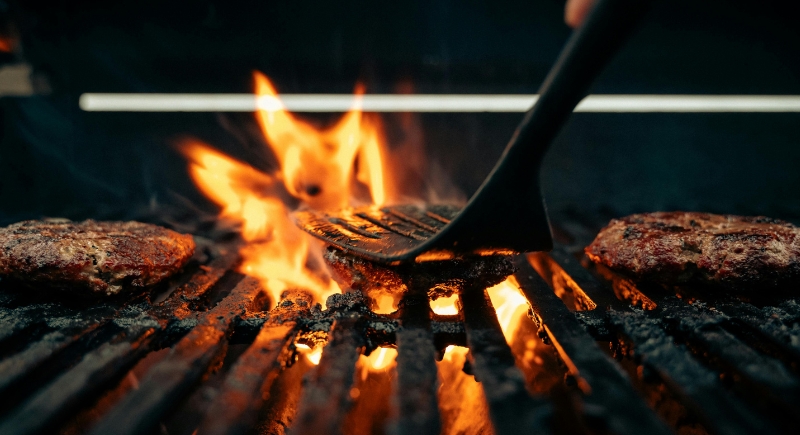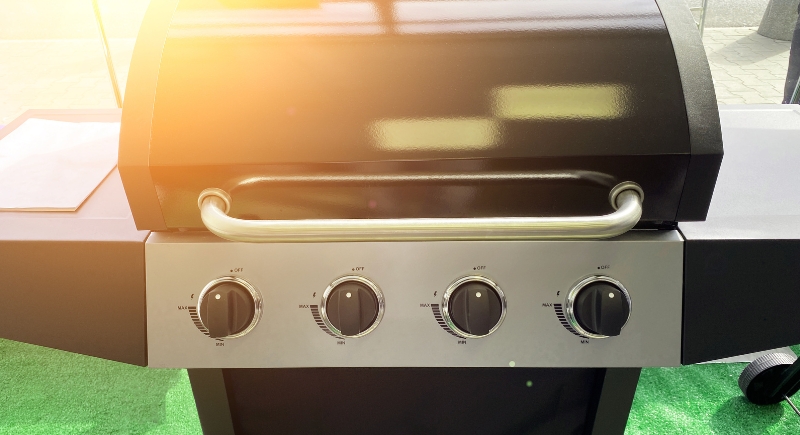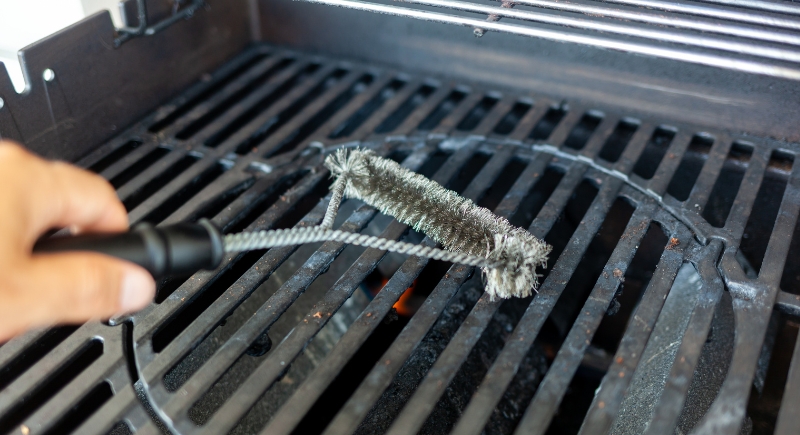The Warning Signs It Is Time to Replace Your Grill
Grills earn their reputation for lasting years, but even the best ones eventually give out. Rust creeps in, heat becomes unpredictable, and parts that once worked flawlessly start failing when you need them most. The challenge is figuring out which problems can be fixed with a new part and which ones mean the grill has reached the end of the road. That fine line is what trips up many owners, and spotting the warning signs early can make the difference between a safe cookout and a disappointing—or dangerous—one.
When the Structure Starts Falling Apart

Image via Pexels/Chris F
One of the clearest indicators that a grill’s time is up is damage to its frame or firebox. Metal that has cracked or been eaten away by rust alters how heat circulates and can compromise the grill’s stability. Experts have also flagged fireboxes that are rusted through as unsafe, with no effective fix. If the body is breaking down, replacement is the only option.
Performance That Can’t Be Saved
All grills lose some power as they age, but when burners consistently struggle, it becomes obvious in the food. Yellow flames, weak heat, and unpredictable cooking zones make grilling frustrating and even unsafe if the meat doesn’t reach proper temperatures. In some cases, a clogged burner tube or worn grate can be swapped out. However, when those problems come back quickly, or the grill never seems to recover its old heat, it’s a sign that patch jobs are no longer worth it.
The Safety Factor You Can’t Ignore

Image via Getty Images/Vladyslav Horoshevych
Grilling is supposed to be fun, not stressful. Yet, older grills often develop risks that go beyond uneven cooking. Gas leaks from cracked hoses or faulty connectors, flare-ups caused by grease and weakened parts, and unreliable ignitors all raise the stakes. A faulty ignition system, for example, can allow gas to build up before lighting, thus creating the possibility of sudden flames. These aren’t issues to play around with. When safety becomes questionable, retiring the grill is the smarter and safer move.
When Repairs Cost More Than the Grill
Replacing a grate, a knob, or even a set of burners can be manageable. However, when repairs start stacking up from grates to burners, ignition, and the firebox, it’s usually a money pit. Multiple part replacements can quickly add up to the price of a new grill, especially since modern models are designed with better efficiency, more reliable ignition systems, and stronger materials. At that point, hanging onto an old grill is delaying the inevitable while sacrificing performance.
Knowing the Lifespan

Image via Canva/Antonio Gravante
It helps to keep realistic expectations in mind. Gas grills typically last five to fifteen years depending on use and maintenance, while charcoal models tend to top out closer to ten. Regular cleaning and seasonal care can stretch those numbers, but every grill eventually wears out. If yours is already past its average lifespan and showing signs of decline, it’s probably time to plan an upgrade instead of squeezing out one more season.